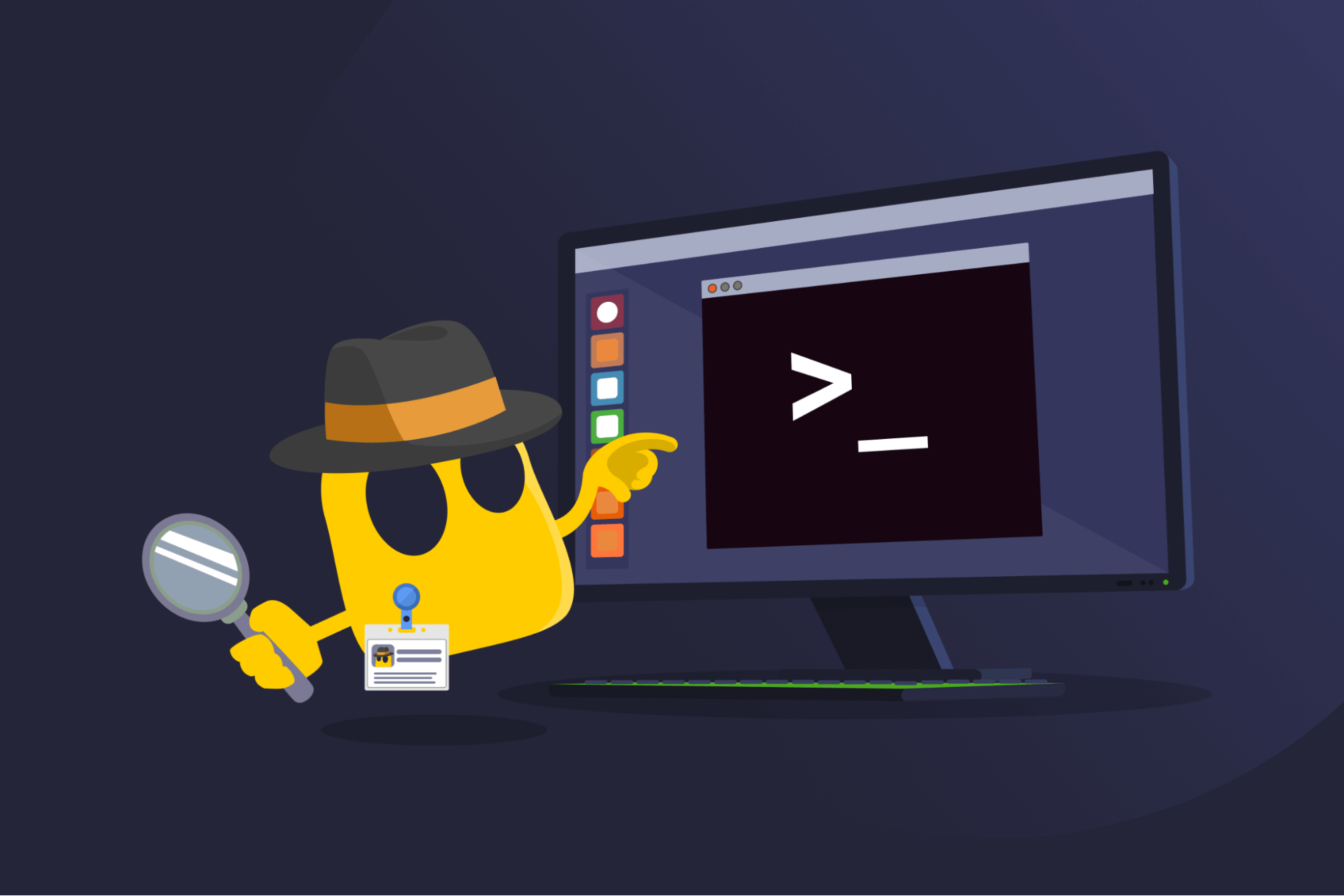Ping Sweep

Ping Sweep Definition
A ping sweep (also called an ICMP sweep or ping scan) is a networking scanning technique used to find out which devices on a network are active. It works by sending Internet Control Message Protocol (ICMP) ECHO request messages (known as ping) to a list or range of IP addresses. Any device that responds with an ECHO reply is considered reachable.
Administrators often use ping sweeps to keep track of active devices or verify network availability, while attackers may use the same method to identify potential targets.
How a Ping Sweep Works
A ping sweep usually begins with a target scope, like an IP list or subnet (for example, 192.168.1.0/24). The scanning tool sends a ping to each address and records any replies. To keep track of responses, each ping message includes identifiers and sequence numbers, allowing the scanner to match replies with the right request.
However, results can sometimes be incomplete. Firewalls and security settings may rate-limit or block ICMP traffic, producing false negatives. To improve accuracy, many workflows combine ping sweeps with other methods and tools or run ping sweeps in regular intervals.
Popular Ping Sweep Tools
- SolarWinds Ping Sweep: A Windows tool that scans IP ranges, shows which addresses respond, and resolves hostnames. Designed for administrators who prefer point-and-click visibility.
- Nmap: A powerful, open-source scanner that uses ICMP, ARP, TCP, or UDP probes depending on the network. It’s a standard tool for both security testing and network inventories.
- Fping: A fast command-line tool that can probe thousands of hosts at once, making it ideal for quick availability checks and scripting.
- Hping: A flexible packet-crafting tool that can send custom ICMP, TCP, or UDP packets. It’s often used when normal pings are blocked or when testing firewall rules and network behavior.
Read More
FAQ
A ping sweep checks which IP addresses in a range are active by sending pings and noting which ones respond. The result is a list of reachable devices that can be used for inventory or further checks. Since firewalls can block ping requests, results aren’t fail-proof, so admins often pair ping sweeps with other methods or a second probe to confirm the results.
You can make ping sweeps less effective by filtering or rate-limiting ICMP at your firewall or configuring devices to ignore unsolicited pings. Network monitoring and segmentation can also reduce how much a scanner can “see.”
Ping sweeps provide a fast way to discover active systems on a network. This supports routine tasks like troubleshooting, post-maintenance checks, and capacity planning. Security teams also use them to scope incidents and prioritize deeper scans.
A ping sweep is legal when you use it on networks you own or have permission to test. However, running a ping sweep on networks you don’t control, like checking a company’s or ISP’s systems without approval, can be considered as unauthorized access and may be illegal in many jurisdictions.
A ping sweep sends pings to a range of IP addresses to check which devices are online. A port scan goes a step further as it probes specific ports on those devices to see which services or applications are available. In other words, a ping sweep can tell you what devices are there, but a port scan can tell you what programs they’re running.

 45-Day Money-Back Guarantee
45-Day Money-Back Guarantee